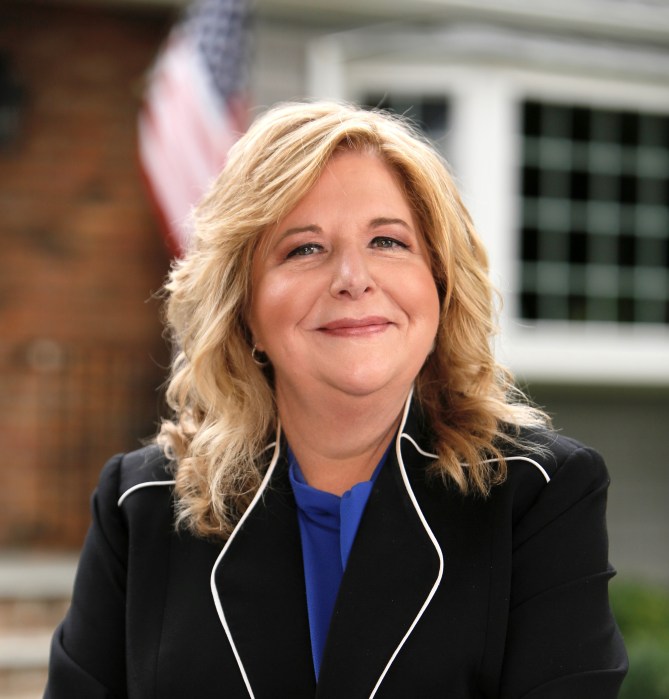More than 200 people gathered on the Monday after Easter at the Irish Monument in the Mineola court complex to commemorate the centenary of the 1916 Easter Rising and those who sacrificed their lives in the ill-fated rebellion that was the first step toward establishing an independent Ireland.
“It’s not their death that we celebrate, but the fact that the manner of their dying signaled a new a birth, a new freedom and, yes, a new resurrection,” said Rev. John Malone, chaplain of the Irish American Society of Nassau, Suffolk and Queens that sponsored the event. Anna McGillicuddy, deputy consul general in the Consulate General of Ireland in New York, said one could draw a historic line from the 1916 Easter Rising to the 1998 Good Friday accords aimed at ending the strife between Catholics and Protestants to create a united Ireland.
Anna McGillicuddy, deputy consul general in the Consulate General of Ireland in New York, said one could draw a historic line from the 1916 Easter Rising to the 1998 Good Friday accords aimed at ending the strife between Catholics and Protestants to create a united Ireland.
“Today’s a day for pride and our heritage,” said McGillicuddy. “We gather today to pay tribute to the heroism of so many men and women who sacrificed their lives for their country’s freedom.”
Renowned Irish radio personality Tony Jackson read the proclamation that Padraig Pearse, a commander of the 1916 Easter rebellion, read on the steps of the Dublin general post office that day, declaring a provisional government in the country. Readings of Pearse’s “The Mother” and W.B. Yeats’ “The Rose Tree,” written to memorialize the Easter Rising, were also read.
Featured speaker Dr. Maureen Murphy, a history professor at Hofstra University, recounted the largely unsung efforts of women in the Easter Rising, and the civilian casualties that occurred in the week-long battle between English soldiers and the Irish rebels, who had taken over the GPO and other key Dublin locations.

While 58 rebels died, Murphy said there were 190 civilian deaths, including 40 children, according to author Joe Duffy’s Children of the Rising. She said women were “essential” to the Easter Rising, providing medical care, food for garrisons and couriers ferrying live ammunition through the dangerous streets. She told of Elizabeth Farrell, who braved the gunfire in the Dublin streets to carry messages and ammunition between the Irish rebels’ garrisons—and ultimately the message to surrender to the occupying British forces. Murphy also recounted the story of 16-year-old Brigid McCain, who was killed by a stray bullet fired by one of the rebels.
The event marked the 37th annual commemoration of the Easter Rising, coinciding with the erection of the monument, bearing a harp and inscribed with the names of the leaders of the rebellion.
Betty McLoughlin, president of the Irish American Society said, “Our monument here will guarantee that we remember.”
Sean Conlon, a representative of Sinn Fein, said the occasion was not to glorify war, but to recall the events of Easter 1916 and the declaration Pearse read that day.
“The fulfillment of this declaration is the responsibility of all of us, to build and inclusive society for the common good,” Conlon said.
After the laying of a wreath at the monument, a gathering followed at the Irish Society headquarters in Mineola, where master violinist Sean Quinn played a suite of original tunes commissioned for the occasion. The tunes included a poignant dirge-like lament, a celebratory march and a spirited, hopeful reel, all of which captured the mixed emotions of the day.






























